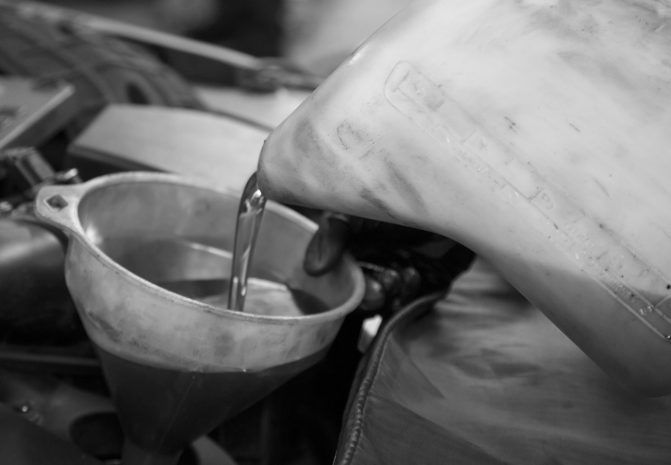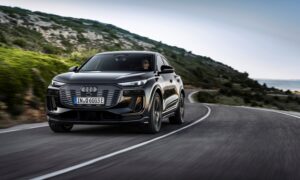4-cylinder engines are a language automaker speak, incredible cars such as the Mitsubishi 4G63, Volkswagen EA888 and the Subaru EJ25 all have one. However, the V4 must be some sort of swear word, with automakers avoiding it like the plague!
Finding a V4 engine in amongst the thousands of cars made over the years is quite literally like finding a needle in a haystack. There are only a handful of companies that ever mass produced a car that had a V4, main examples being Lancia, SAAB and Ford of Britain. If you dig a little deeper into the dusty case files of a V4 it becomes clear as to why these automakers opted for one, and why the others did not.
This video explains the technical side.
What’s good?
For starters, the four pistons arranged into the V formation make a very compact and stiff engine, one that would be able to fit easily under the bonnet creating no extra problems when designing the engine bay, very different to a problem child V10 or 12.
A V4 also possesses a rather short crankshaft, now if someone was to say that about me, I would probably feel insulted, but in a car this is a good thing. A short crankshaft means less unwanted vibration when the engine is rotating, and if the engine banks are set apart on a 90-degree angle, the opposing forces will balance each other out.
What’s Bad?
The main off-putting attribute of the V4 is simply the price, they really are a pain. They are altogether way more complicated and way more expensive than an In-line 4-cylinder engine, that being the exact reason companies choose to palm aside the V4 in a grunt of disgust.
The V4 will normally be greedy in terms of parts, having two Cylinder heads, two exhaust manifolds and two valve trains all to itself. Unfortunately, your problems don’t necessarily end there. If it’s decided that your V4’s engine banks are going to be at a more acute angle that 90-degrees, then it can become unbalanced. Therefore, creating a whole new world of pain trying to add weights or even a balancing shaft just to help it all run smoothly.
Realistically then, the sour-faced V4 will be largely discarded as an idea by many automakers, but there is proof that when executed correctly, a masterpiece can be made.
Executed Perfection
The 919 Hybrid, one of the most incredible and successful race cars ever built. The car that has helped Porsche gain their 17 Le Mans wins. The cars hybrid system bringing instant power to the front wheels while the 500hp V4 brings power to the back wheels.
Using the V4 was the perfect choice for the 919, being so compact within the engine bay, it left plenty of room to add the hybrid system and turbocharger. As we know, V4’s are very stiff, aiding the 919 by becoming a structural element and keeping the car as rigid as possible. Overall, an engine and a car made by true geniuses.





Saab didn’t make a V4 they used the German Ford V4 from the Taunus which was basically the same as the UK V4 but with the cylinders staggered in the opposite way. They were both absolute shit, rough and thirsty, the Ford Pubic (coarse air) was one of the worst cars ever made.